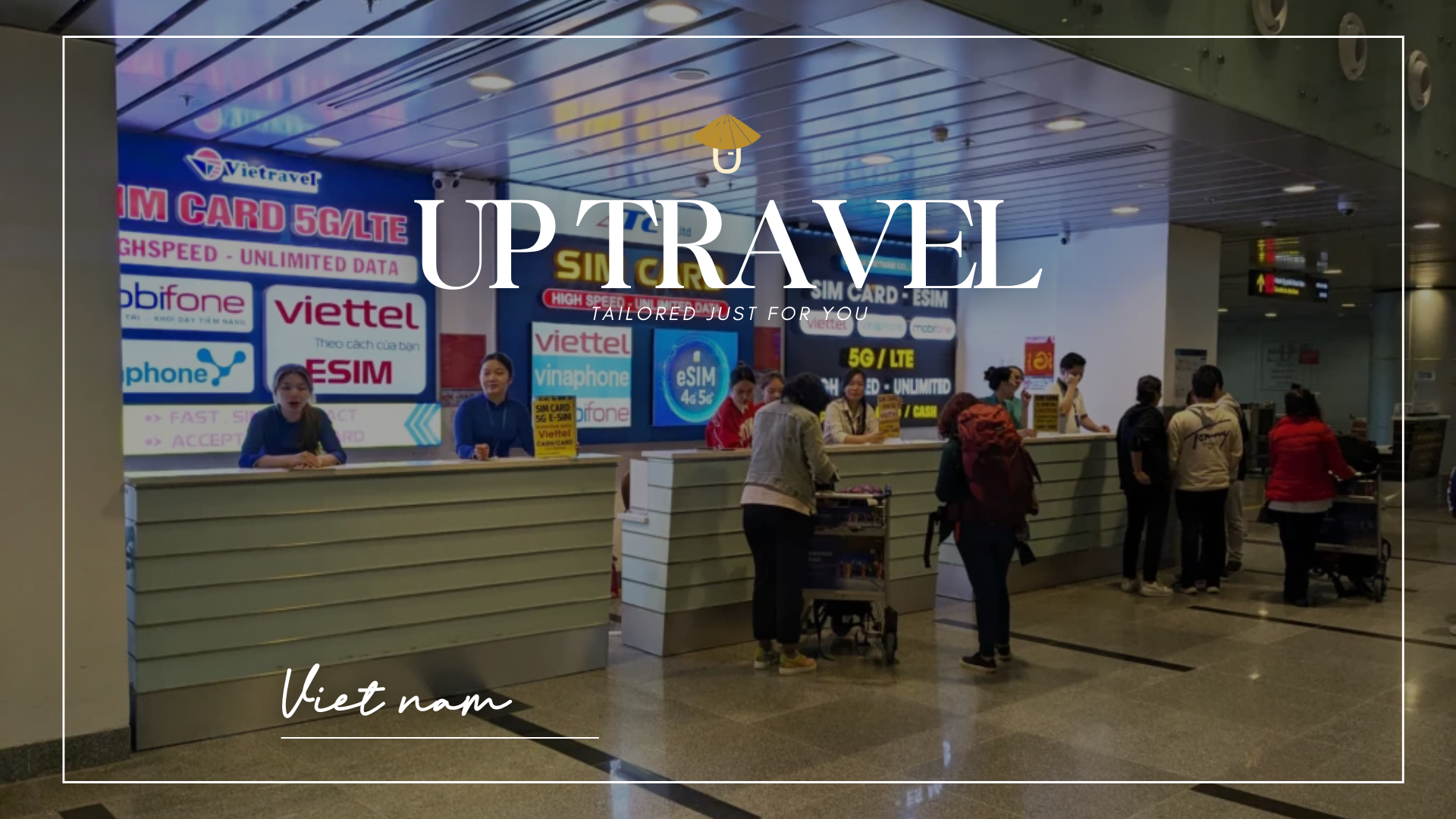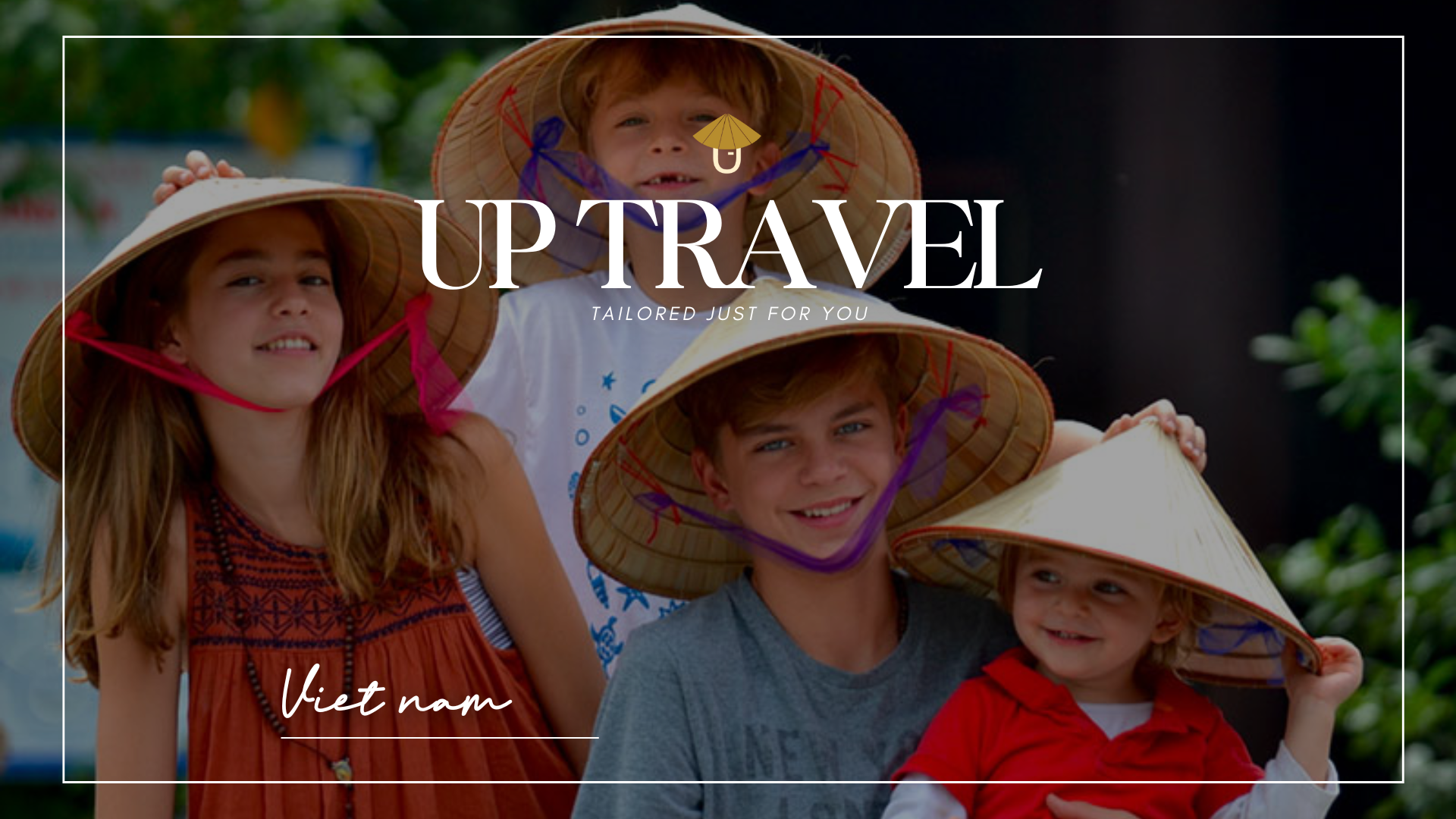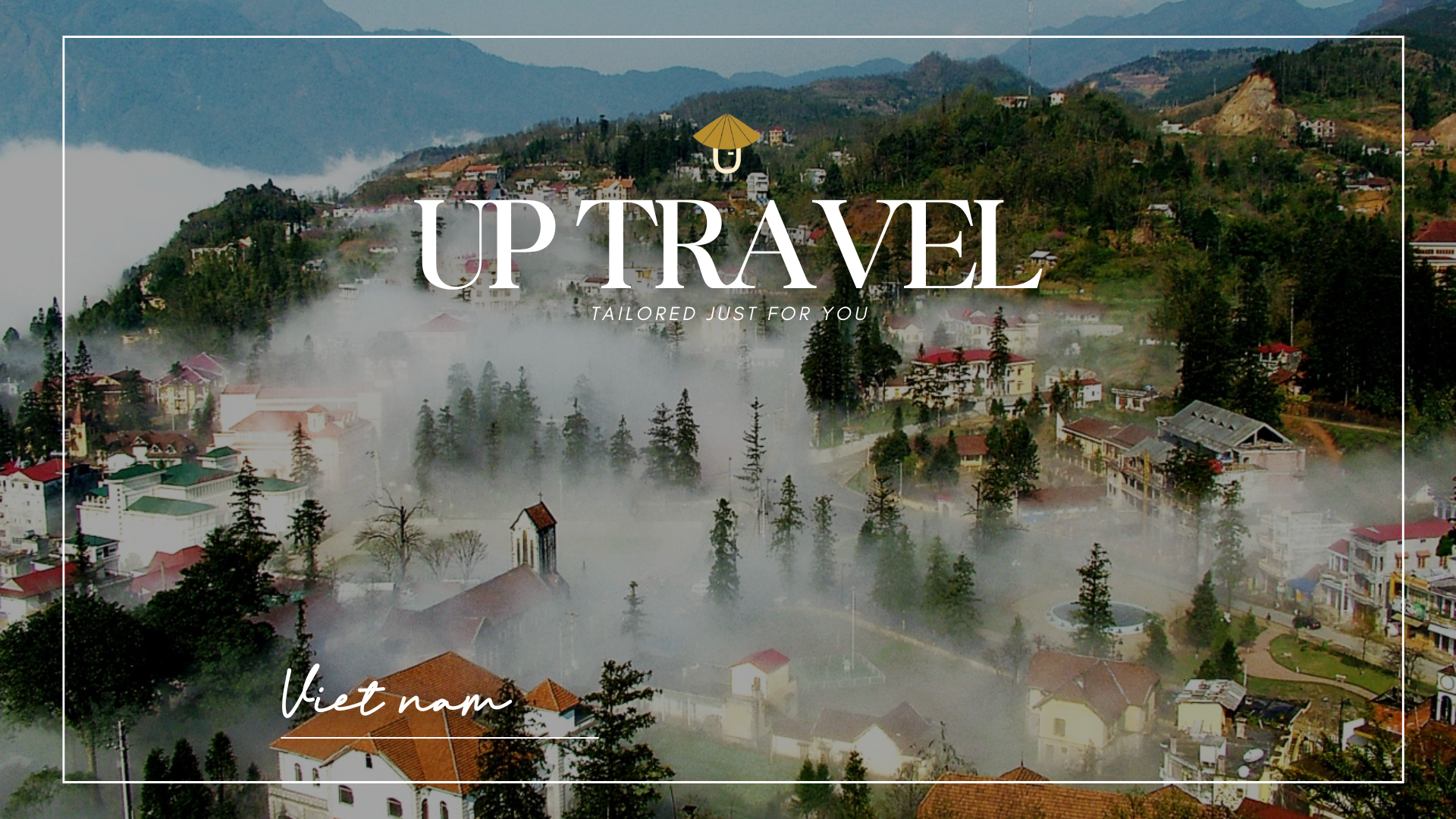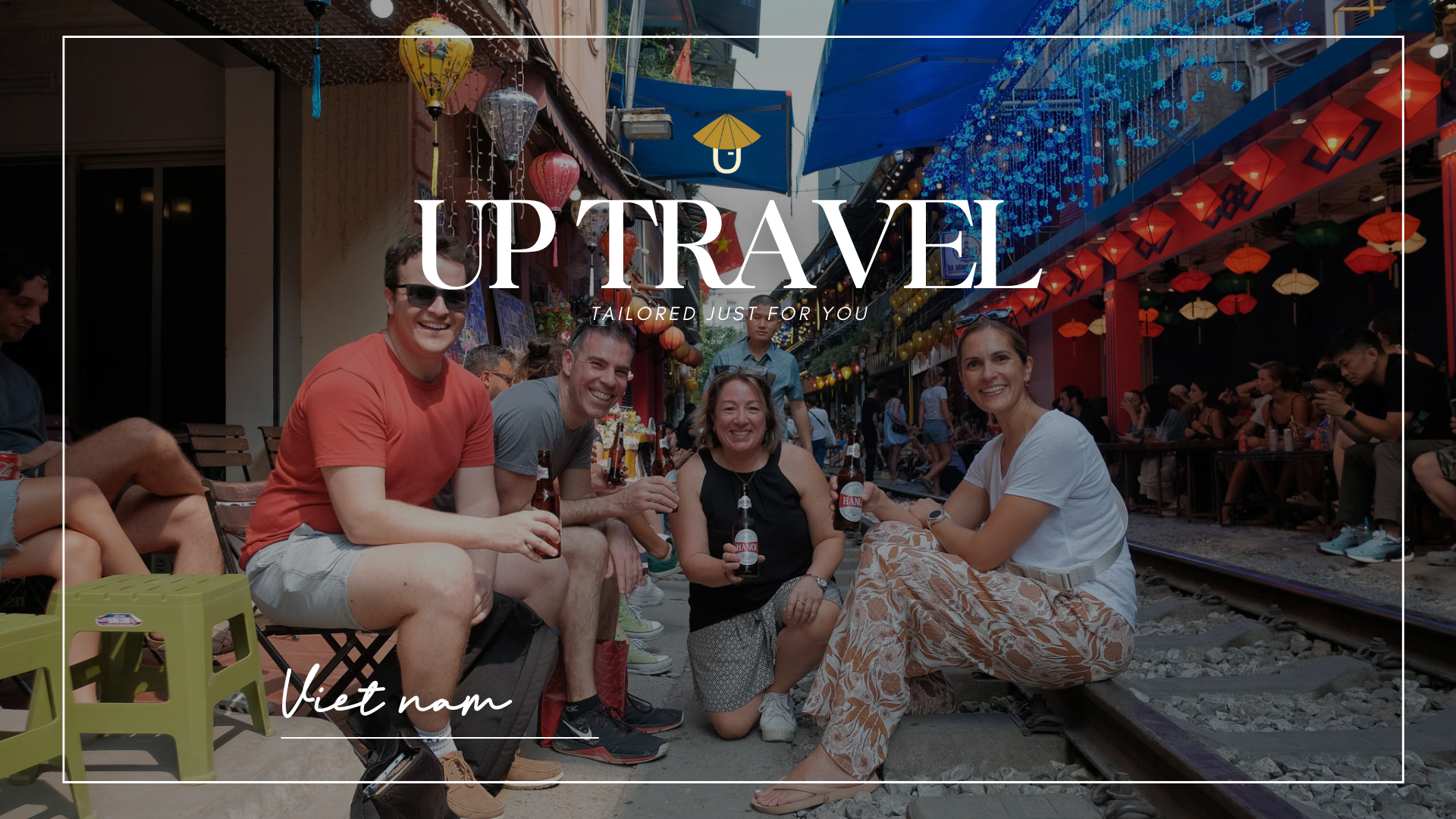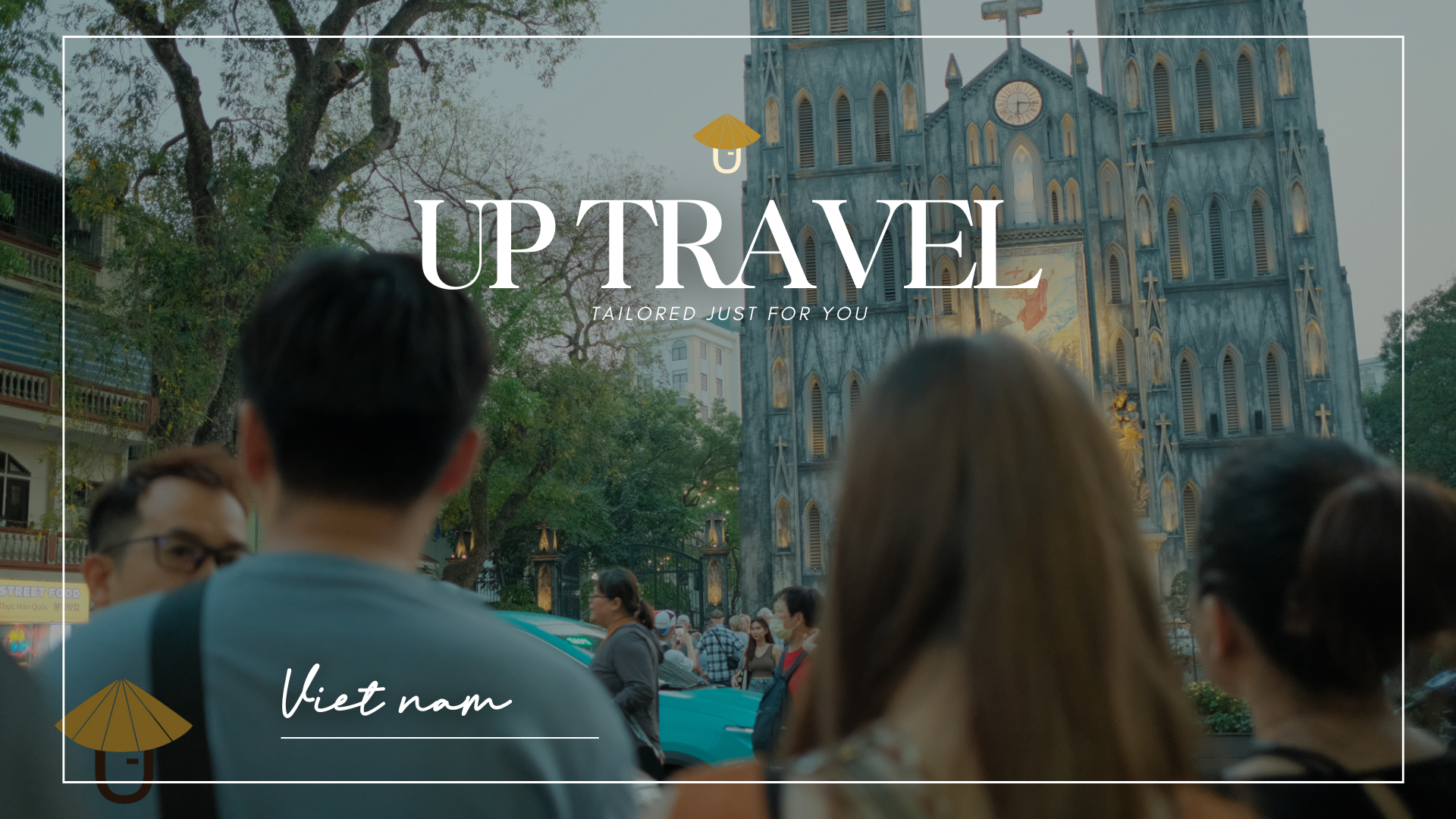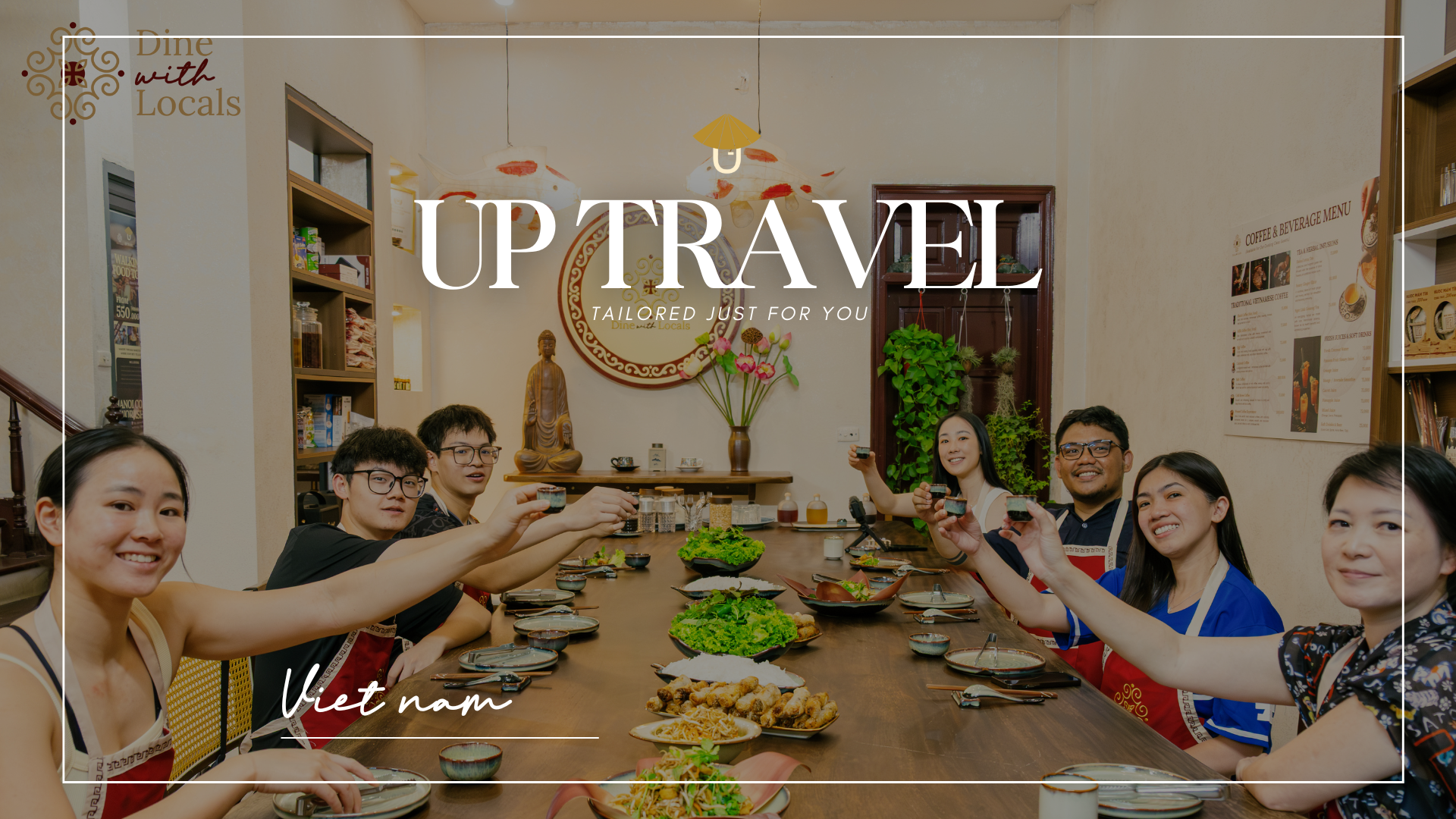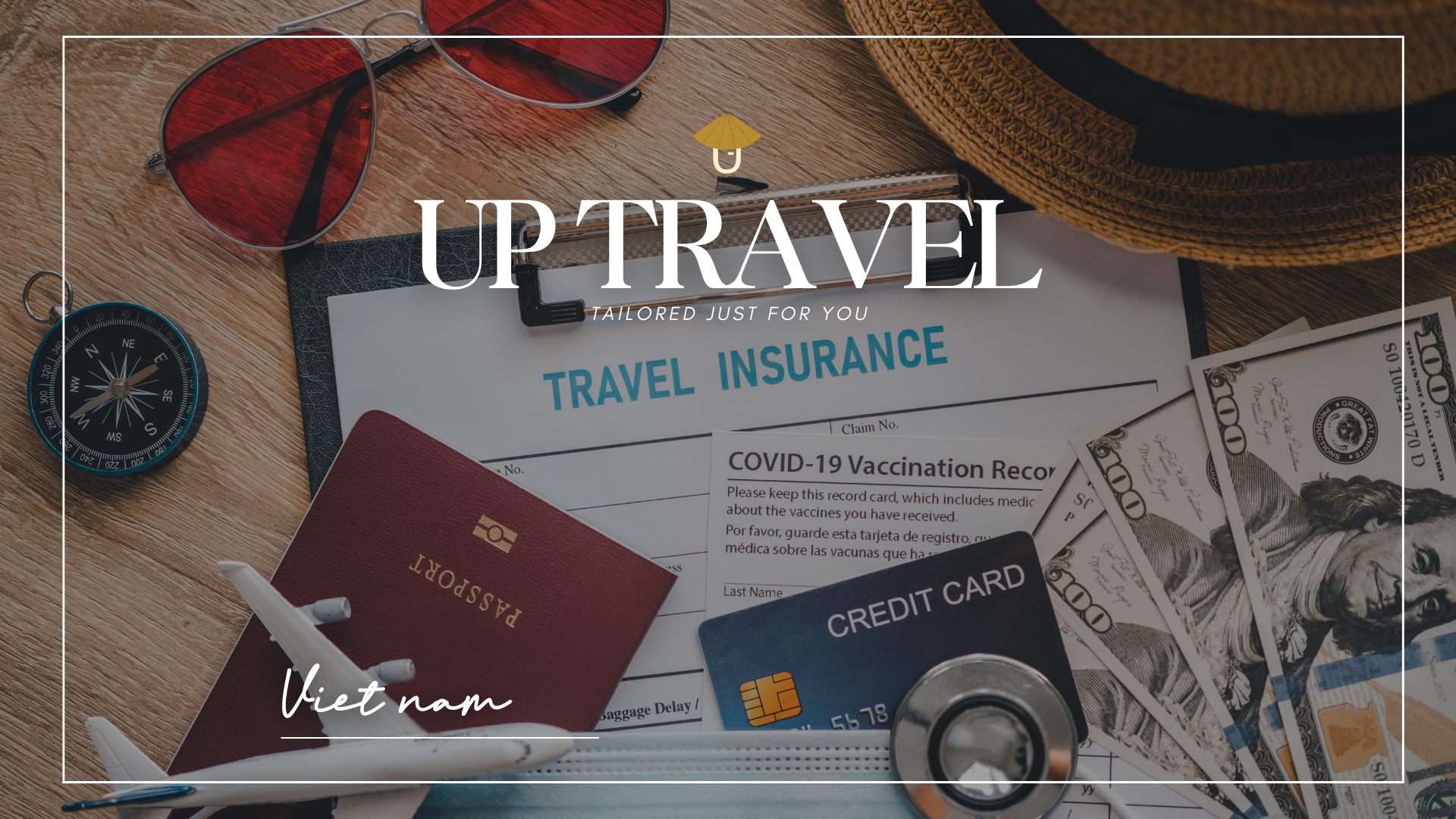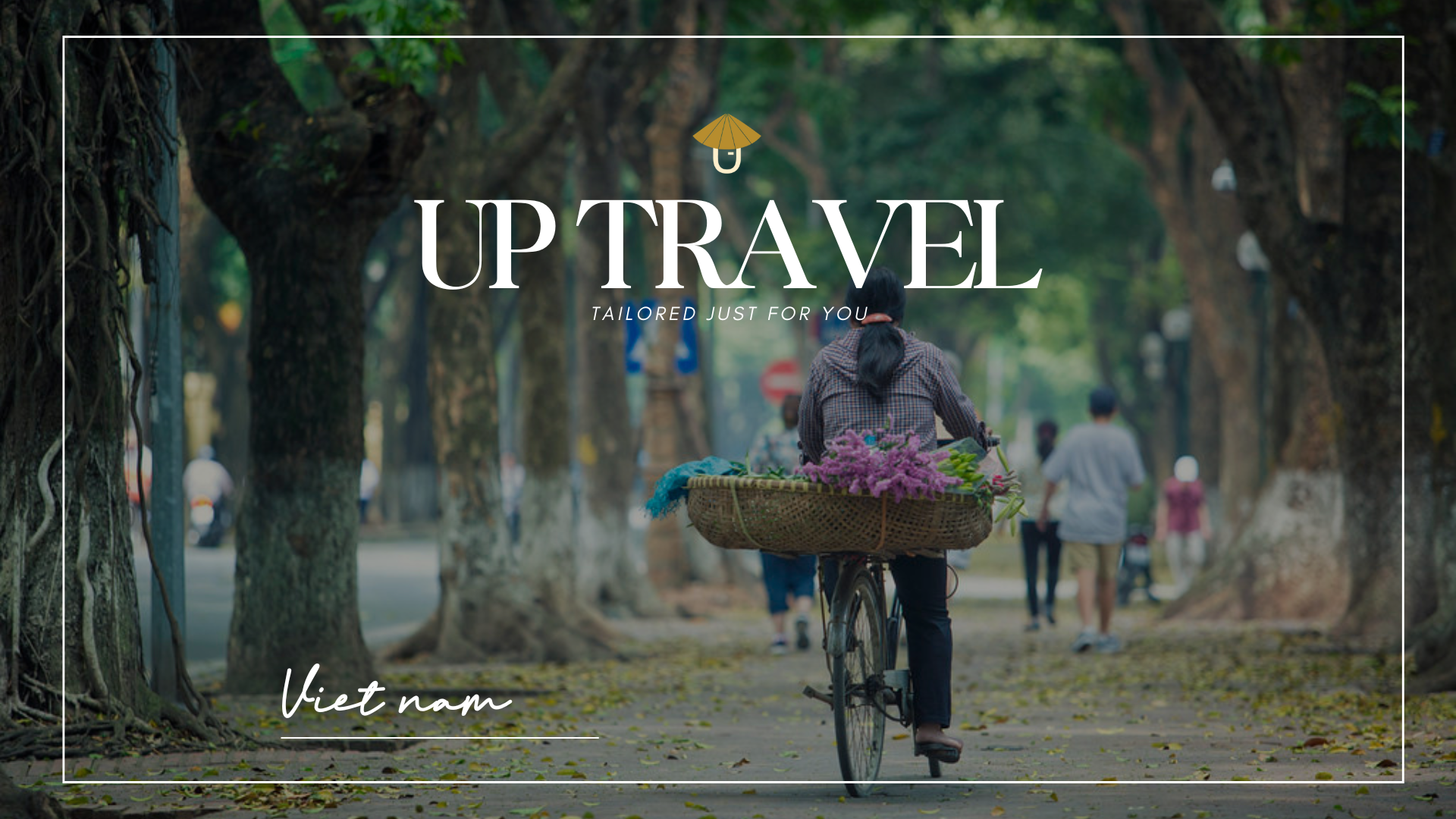How to Travel Around Vietnam: Which Transportation Fits You Best?
Vietnam stretches over 1,600 kilometers from north to south, a land of winding mountain passes, coastal highways, and island ferries. Choosing the right way to travel isn’t just about getting from A to B; it shapes your entire journey. Whether you’re chasing hidden mountain villages in the north, relaxing on sandy beaches in the center, or drifting through the floating markets of the Mekong Delta, how you move through Vietnam defines how you experience it.
Let Up Travel Vietnam helps you discover which mode of transportation fits your travel style, comfort, and budget best.
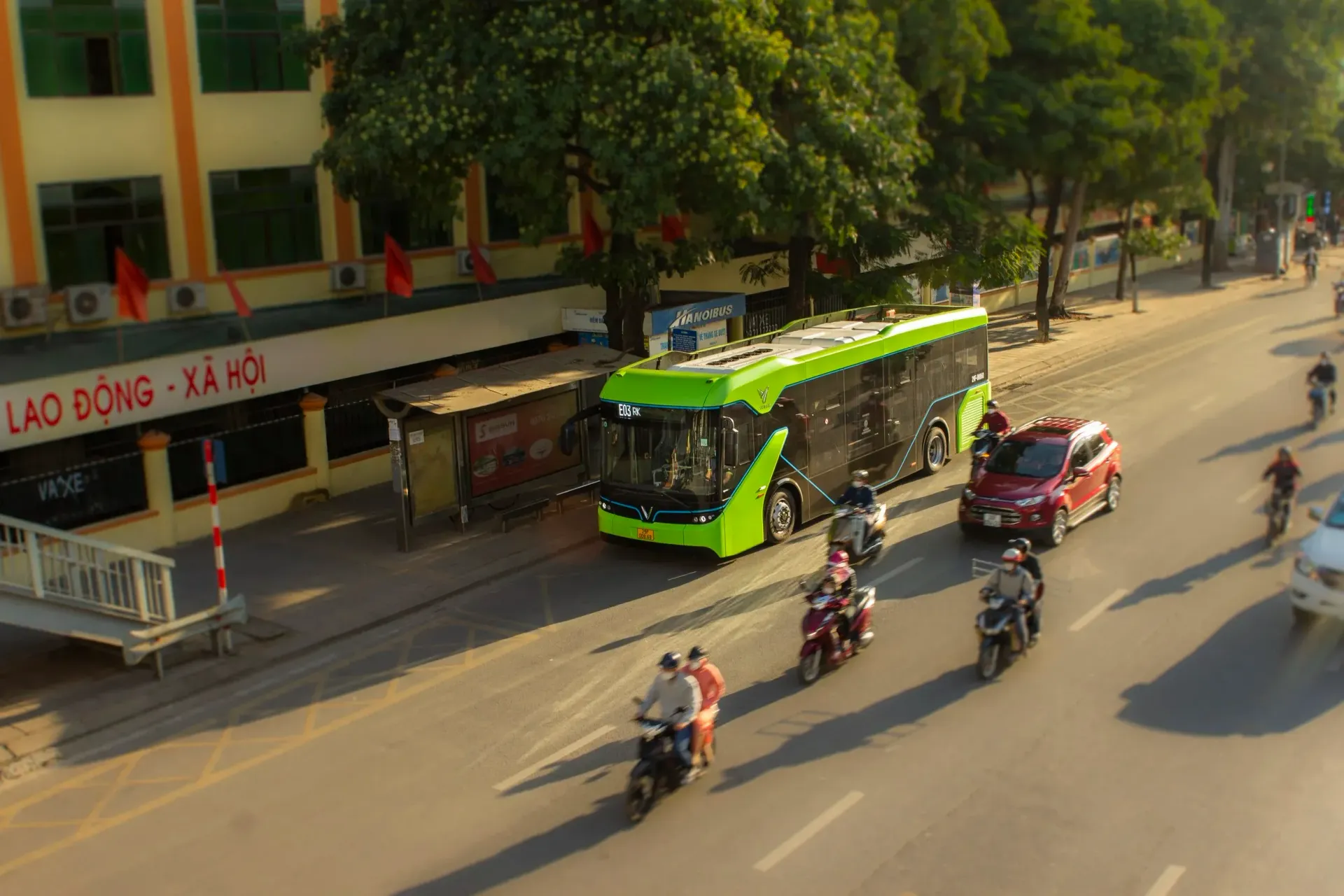
Domestic Flights
When you need to cover long distances quickly, domestic flights are the most efficient option. Vietnam’s S-shaped geography means that journeys from Hanoi to Ho Chi Minh City can take over 30 hours by land, but just two hours by plane.
Flights are fast, frequent, and convenient, connecting major cities and tourist hubs like Da Nang, Nha Trang, Phu Quoc, and Hue. Round-trip fares typically range from $80 to $200, depending on the season and how early you book.
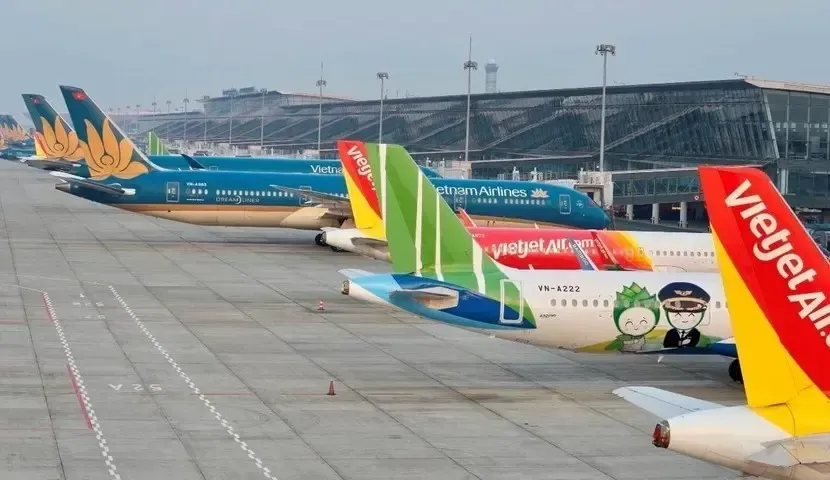
While flying saves time, it can be costlier than other options, and weather disruptions occasionally cause delays during stormy seasons. Still, for those short on time, domestic flights are unbeatable for covering Vietnam’s long distances comfortably.
✈️ Best for: Long-distance routes like Hanoi – HCMC, or connections to islands such as Phu Quoc and Con Dao.
Trains
If you have time to spare and love scenic journeys, Vietnam’s train system offers one of Southeast Asia’s most picturesque travel experiences. The Reunification Express, running from Hanoi to Ho Chi Minh City, stretches over 1,700 km and takes around 30–35 hours, but what you get in return is stunning coastal views, peaceful countryside scenes, and a taste of slow travel.
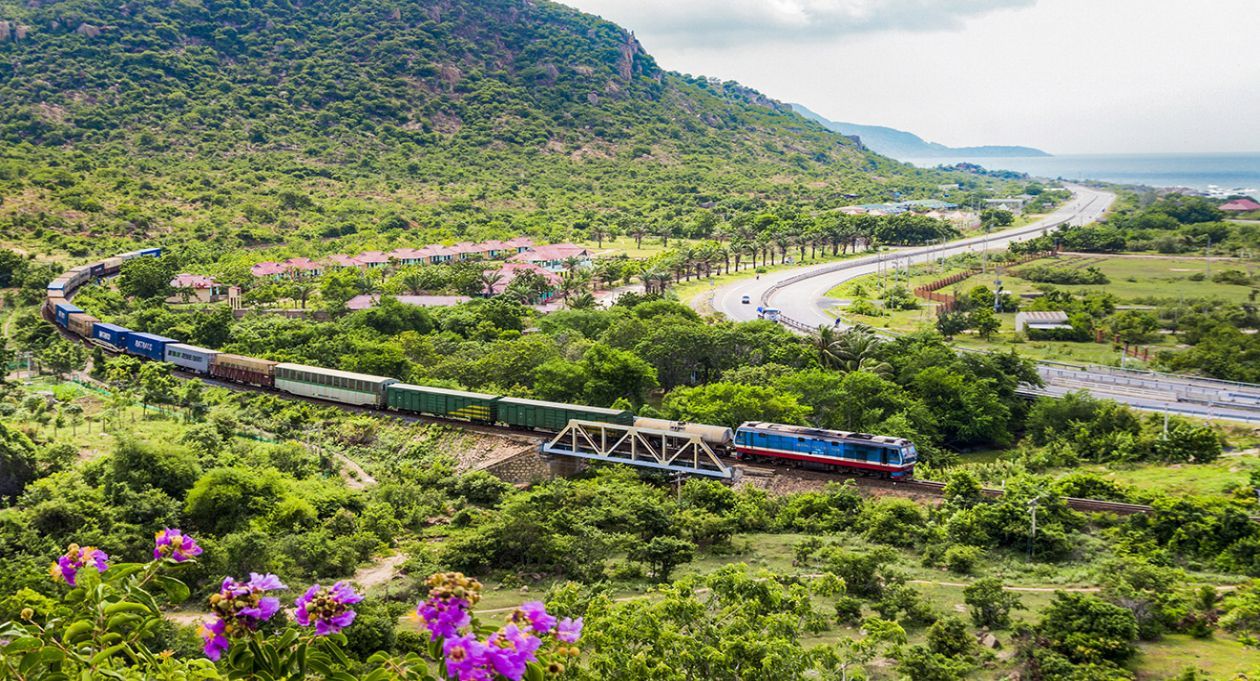
Tickets range from $20 to $80, depending on distance and cabin class. Overnight sleeper cabins with soft berths are the most comfortable choice, while short-haul routes (like Hue to Da Nang) are great for daytime travelers who want to enjoy the views.
Though slower than buses or flights, trains are comfortable, safe, and spacious, making them ideal for families and travelers who prefer to avoid Vietnam’s busy roads.
🚆 Best for: Scenic travelers, slow travelers, and anyone who enjoys the journey as much as the destination.
Buses & Limousines
For budget-conscious travelers, Vietnam’s extensive bus network is hard to beat. You’ll find everything from basic sleeper buses with reclining seats to premium limousine vans that offer extra space, Wi-Fi, and air-conditioning.
Tickets are affordable, usually $10–$30 for intercity routes and buses reach places that trains don’t, like Ha Giang, Sapa, or Da Lat. Open-ticket buses are popular among backpackers who want to stop in multiple cities along the way.
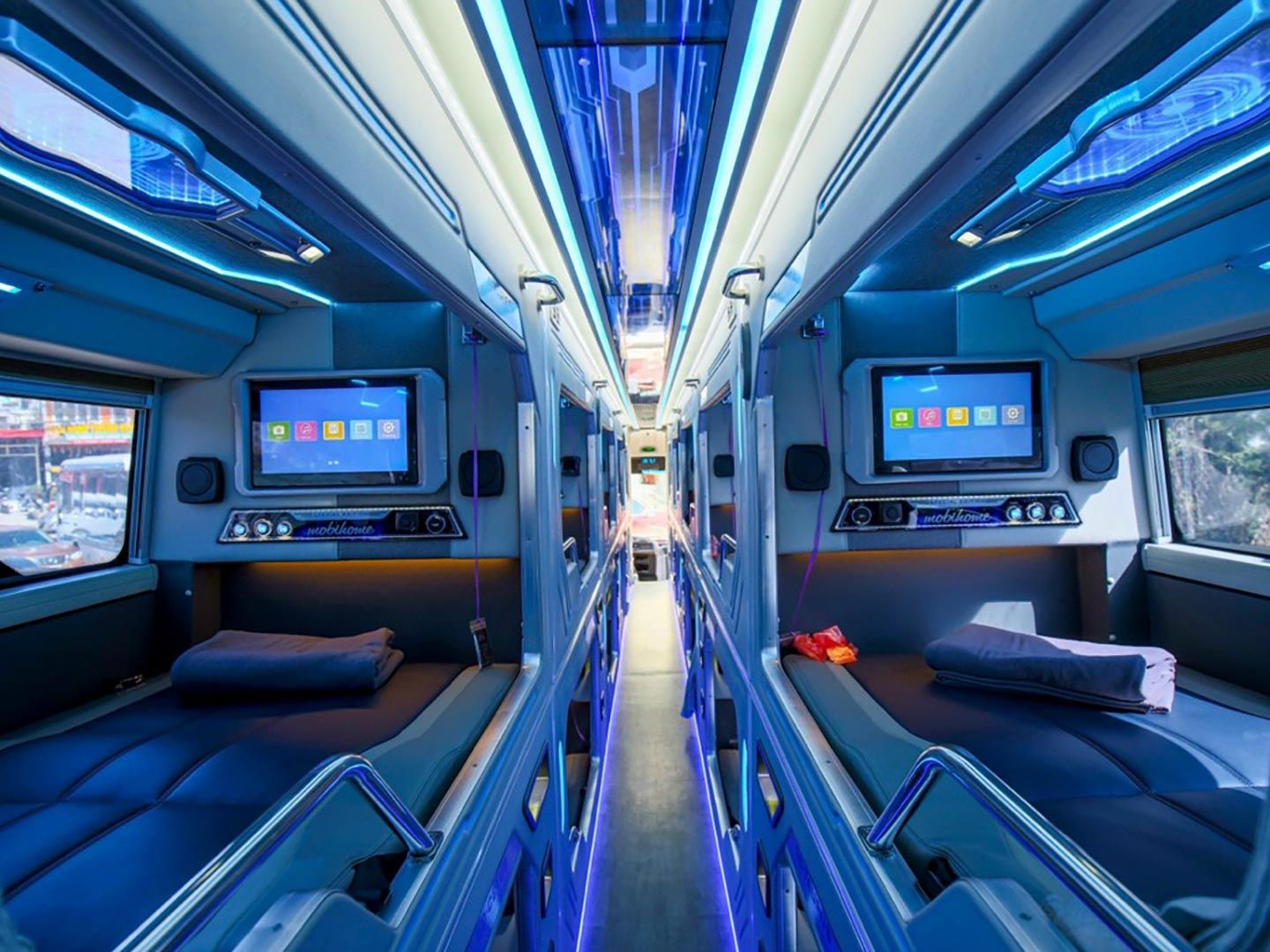
While sleeper buses are practical for overnight trips, they can be cramped for taller travelers. Limousine vans, on the other hand, provide a comfortable mid-range option for shorter journeys, such as Hanoi to Ninh Binh or Da Nang to Hoi An.
🚌 Best for: Budget travelers, solo travelers, and those exploring central or northern Vietnam.
Motorbikes
For many, traveling in Vietnam by motorbike is a dream, and for good reason. Nothing compares to the feeling of freedom as you ride past terraced rice fields in Ha Giang or along the ocean-hugging Hai Van Pass between Hue and Da Nang.
Motorbike rentals typically cost $5–$10 per day, depending on type and region. However, this option is best for experienced riders only. Traffic in major cities can be chaotic, and accidents are one of the most common travel mishaps in Vietnam.

If you don’t want to ride yourself, you can book a driver like in the famous Ha Giang Loop tour and just sit on the back while a local driver handles the roads.
🛵 Best for: Adventure seekers and photography lovers who want the freedom to explore off-the-beaten-path landscapes.
Private Cars & Transfers
For travelers who value comfort, safety, and flexibility, private cars with local drivers are the most stress-free option. Whether it’s an airport transfer, a day trip, or a multi-day itinerary, you’ll have full control over your route and schedule, without worrying about navigating or language barriers.
Prices range from $80–$150 per day, depending on distance and vehicle type. It’s especially ideal for families, couples, or small groups who want a smooth, personalized travel experience.
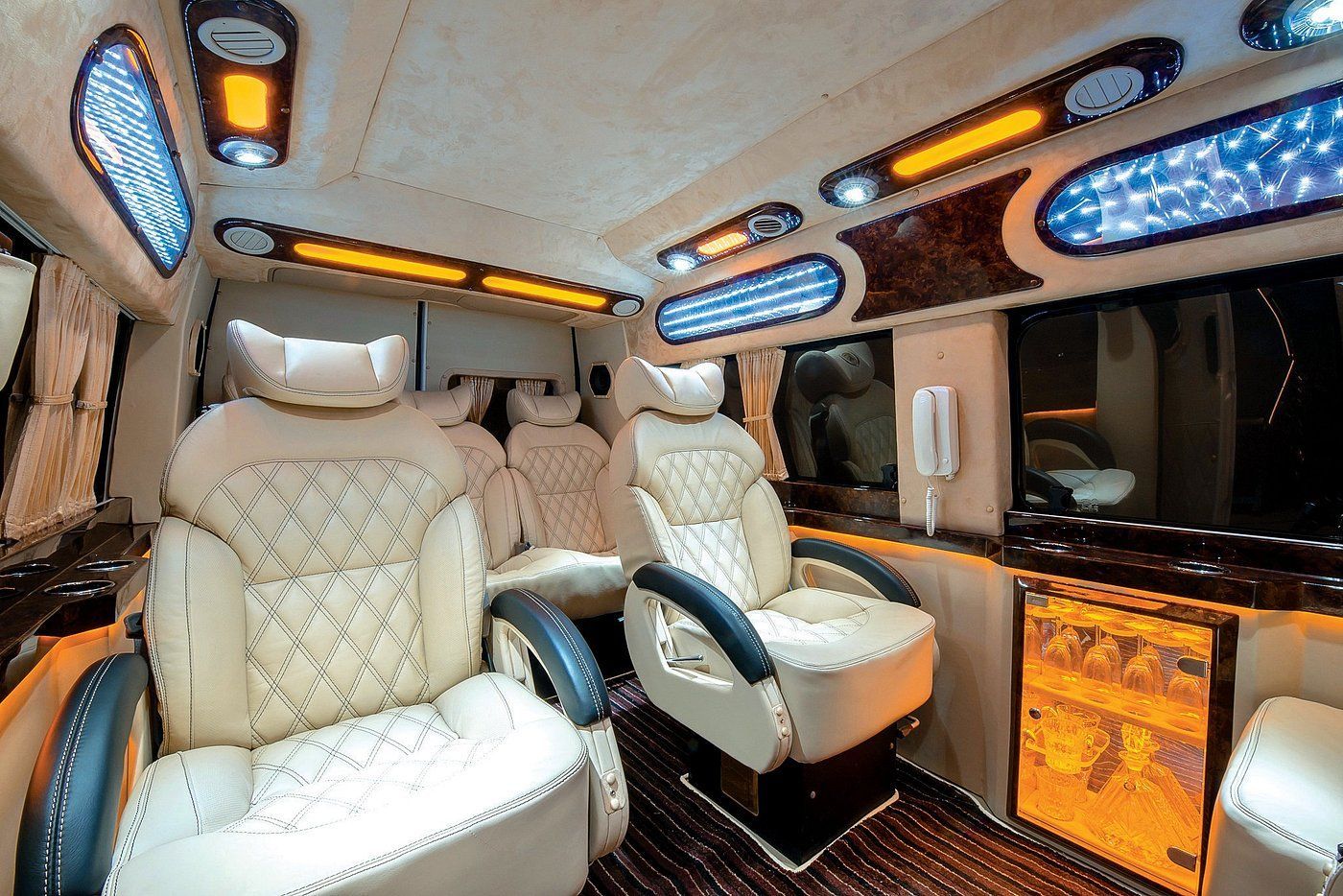
At Up Travel Vietnam, we offer private transfer services with professional, English-speaking drivers. You can choose your pickup time, make scenic stops, and travel at your own pace, all while we handle logistics.
🚘 Best for: Families, groups, and comfort-seekers who prefer privacy, flexibility, and peace of mind.
Which Transportation Option Fits You Best?
There’s no single “best” way to travel in Vietnam, it depends on your preferences, budget, and pace.
- For long distances: Choose flights, trains, or overnight buses to save time and energy.
- For short routes: Go for limousine vans or private transfers for comfort and convenience.
- For getting around cities: Use motorbikes or local buses, or apps like Grab for quick rides.
At Up Travel Vietnam, we help you customize your trip from start to finish, ensuring that your transportation fits your itinerary and comfort level. Whether you want a scenic journey by train, a private car with a local driver, or a mix of both, we’ll design it all for you.
Because in Vietnam, the journey itself is part of the adventure and choosing the right way to travel makes all the difference.


